If you can't solve these problems, autopilot has only one dead end in China.
In recent days, the two news have promoted the concept of “auto-driving†to people’s vision. In addition, many domestic and foreign technology companies have recently put autonomous vehicles on the open road for road tests. The technology of getting taller seems to be at your fingertips overnight.
But is the truth as good as it seems on the surface? Can autopilot really bloom on the land of China?
Three good news
First look at the first news: A US company called DeepMap recently completed a $25 million Series A round of financing. So far, the company that was just established last year has completed a total of $32 million in financing.
So what is the company that literally translates as "deep map", why can we get such a huge amount of VCs in a short period of time?
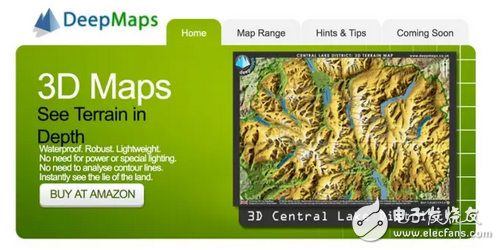
Originally, DeepMap is a technology company in the field of automatic driving. The company's main business is the development of high-precision maps. According to the official description of DeepMap, the precision of the drawing technology can reach centimeter level. In addition, the system also supports the precise positioning of the self-driving vehicle. The vehicles in the DeepMap platform can share real-time information updates with each other. These are the essential auxiliary conditions for autonomous driving.
Look at the second news: Tesla recently launched a new round of software upgrades for the Autopilot hardware suite. In other words, Tesla collects data in the form of “short video†through the external camera sensor of the already sold vehicle, and thereby assists in the development of its autonomous driving technology.
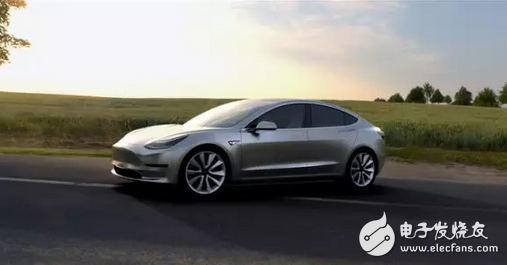
According to foreign media speculation, Tesla wants to collect such video information, and hopes to help its autopilot system better identify lane lines, road signs and other visuals that need to be identified through data collection similar to crowdsourcing. clue. And according to Tesla's official statement, the video collected is not directly related to the collected vehicles, so even if a hacker breaks through the data system, it may not be able to find the source of the data.
Finally, let's look at the third news. A few days ago, some overseas media said that Germany has passed legislation to clear the way for autonomous vehicles. In the future, Germany will allow the vehicle automatic driving system to be tested on open roads. This is also the first law in Germany that is really effective for self-driving cars.
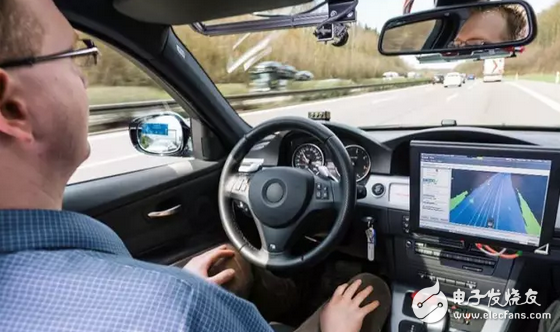
However, the law still imposes many refinements on the road to self-driving vehicles. For example, the driver's seat must be monitored by a full-time driver during the test, but the driver's hands are allowed to leave the steering wheel. In addition, the legislation requires that vehicles with autonomous driving functions be equipped with a device similar to the aircraft "black box" to ensure that the division of responsibility can be clearly defined in the event of a traffic accident.
But even these three good news can't hide the difficulties that autopilot will face in China. Even these two news itself reveal some deadly obstacles to the development of autonomous driving.
Question 1: High-precision map
As the previous news continues to expand, let me talk about high-precision maps.
Compared with ordinary maps, high-precision maps contain detailed information such as the number of lanes, lane line types, lane widths, etc., while the vehicle uses its own camera's visual processing, radar range, satellite positioning technology, combined with high-precision maps. The number of lanes is converted into lanes for the car to complete the lane keeping and so on.
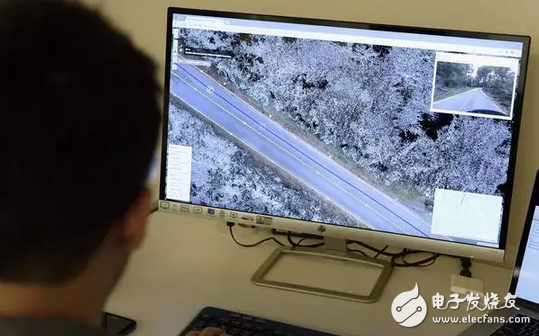
To give a simple example, at this stage, the Tesla autopilot is actually only a second-level automatic driving. All it can do is to maintain the lane change in the current lane and in the semi-automatic state in the fully automatic state. In other words, Tesla can automatically travel, relying entirely on the camera's identification of the road markings and the radar's judgment of the surrounding distance. If Tesla is thrown onto a road without road markings and no front and rear vehicles, so-called The automatic driving function is directly captured.
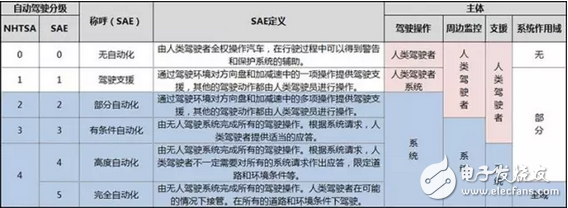
And to achieve the true sense of autonomous driving, that is, five-level automatic driving, then one of the most basic conditions is to let the vehicle know its precise position, and on this basis, the vehicle can carry out a series of more advanced operations. .
So the problem is, DeepW co-founder and CEO James Wu said: "Autonomous vehicles need precise mapping and positioning technology support to build higher security and more efficient vehicle decisions. The deployment of high-precision map platforms is very Expensive, difficult and time consuming, so our team wants to help automotive companies achieve their autonomous driving R&D goals faster and more efficiently."
Different from the drawing of normal maps, high-precision maps contain too many elements and high quality requirements, which makes the drawing work a heavy and heavy work, plus the mileage, intensity and complexity of China's road network. Far more than abroad, it has become a super project that wants to draw a nationwide high-precision map.
So at present, it may be the most practical way to start plotting high-precision maps from individual cities. After all, the population density of first-tier cities is higher, and the acceptance of new technologies by first-tier cities is relatively high. And the purchasing power is also stronger, which can bring higher efficiency and promotion effect in the initial stage of automatic driving.
But don't be too happy, high-precision mapping companies will face another very real problem, that is, the government's attitude toward the drawing of high-precision maps.
We all know that any map mapping behavior needs to be reported in advance and approved before it is approved, because the map information directly relates to homeland security, not to mention the high-resolution map with such detailed information.
In addition, I do not know if you have heard of the "GPS offset", the specific content can refer to the relevant answer:
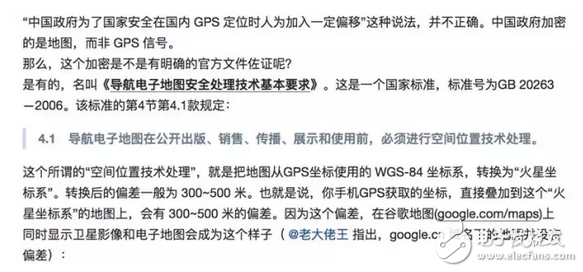
Although for this matter, the results discussed by everyone have been said to be used to generate revenues from correctional chips, and some say that they are based on homeland security considerations. However, it is an indisputable fact that the government has always had very strong regulatory control over maps. In the face of high-precision maps that are indispensable for autonomous driving technology, what kind of attitude will the relevant functional departments adopt and what impact will it have on the entire industry? We are still not aware of it for the time being.
Question 2: Hacker hidden danger
Then, following the second news, Tesla used the on-board camera of his own model to record short videos to help improve the automatic driving technology. In this regard, most people think of their own privacy in the first place, including whether their own whereabouts will be monitored by Tesla, and whether the video taken will be monitored by a hacker.
But what I want to say is that the security issues facing autonomous driving are far more than privacy.
Autopilot, as the name implies, means that the vehicle completes the driving process without relying on the driver's operation, which means that the computer has 100% control over the hardware at the hardware level. Then the problem comes. Once the system of the self-driving vehicle is cracked, the whole car becomes a large remote control car, and then the scene in "Speed ​​8" may actually be staged.
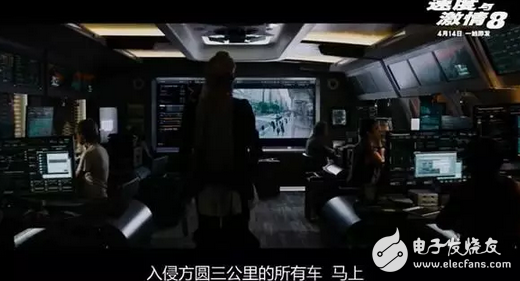
Can a self-driving vehicle really be hacked? The answer is yes, and someone has done this already.
For example, an Internet company security center engineer named three digits in China has successfully cracked a Tesla model.
In his opinion, there are many ways to attack cars: OBD box, WI-FI, Bluetooth, car APP, car networking platform... they are all controlled via the CAN bus. If the CAN bus is safe, then even if the hacker uses the above-mentioned methods to make a move to the car, the overall safety of the car can be guaranteed. These tricks are just "entertainment". However, if the CAN bus is not safe, such a car can be fatally attacked - it is useless to hold the car key, which is now a hacker who controls the CAN bus.
So in theory, as long as the CAN bus of the car is broken, the hacker can perform almost all the control of the vehicle, and naturally also includes the control of the vehicle's driving mechanism.
Here, manually @我的车斯主, I wake up every morning to see my car still quietly parked in the parking space, will the heart of Tian Hao's "Little Lucky"?
Question 3: How human and machine coexist
If autonomous vehicles are able to drive completely autonomously, there is no doubt that the biggest trouble they will encounter will be the vast majority of human drivers.
At this stage, for an autonomous vehicle, in addition to normal cruising, the completion of lane changing, turning and other operations can be completed at the technical level. But don't forget that there is not only one car on the road. Once the self-driving vehicle really comes to the open road, it will face the vehicles driven by countless human drivers.
If it is difficult to understand what this passage means at a time, let us look at a real case first.
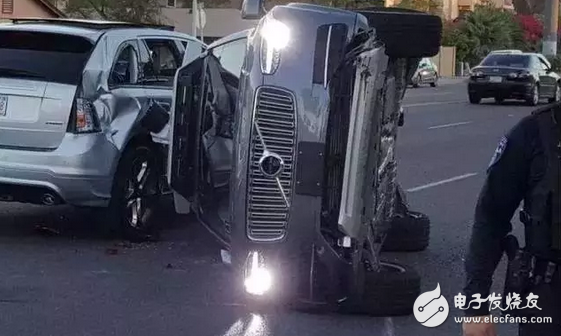
In March of this year, a traffic accident occurred in Arizona, USA. The two parties involved were a manned Honda CRV and a Uber self-driving car. According to the investigation report given by the police after the incident, the CRV driver turned left at the intersection, and there were three lanes across the street. The drivers in the left and left lanes had slowed down, but the Uber vehicles in the third lane were blind. The reason did not detect this CRV, and eventually the brake did not collide.
Although the accident is the CRV driver's full responsibility, but if you look at the old driver's point of view, you find that the vehicles in the lanes are starting to slow down at the same time, then you are bound to slow down. Experience will tell you that there must be special circumstances in the road ahead. .
Maybe future unmanned driving can learn more multi-dimensional driving behaviors under the accumulation of big data, but at this stage, drone driving only relying on radar to judge road conditions is more like an internship driver who will only stare ahead. .
The problem of how man and machine coexist on the road is not only that, but even how the autonomous vehicle changes its lane autonomously is a big problem.
The first thing the human driver wants to change lanes is to look at the rearview mirror, confirm the safety of the car and then turn the turn signal, and then complete the lane change process. The same is true for self-driving vehicles. First, use the radar to detect the distance of the rear vehicle, calculate the speed difference between the two sides, and confirm the safety to perform the lane change action.
Then the problem comes, according to the traffic density of the big cities in China, and then consider the driving habits of the current domestic drivers, unless the yellow calendar says that it is appropriate to travel today, all the way to the road is to just take the driver's license to see the turn signal and step on the brakes. The rookie, otherwise I have reason to believe that the self-driving vehicle can run on the N-ring of Beijing for a day, just because it is forced by the human driver.
And this is just the simplest way to change lanes, not to mention a series of movements that easily interfere with human drivers, such as corner turns, narrow lanes, and so on.
So in my opinion, achieving autopilot from the technical level and real application of autopilot are completely different. Perhaps the most viable option at this stage is to open up a dedicated autopilot lane like a bus lane to completely distinguish between autonomous vehicles and human-driven vehicles.
Question 4: Groups that are more terrible than motor vehicles
In fact, compared with ordinary motor vehicle drivers, there is another group of "God exists" on the land of China, that is, pedestrians and non-motorized drivers who ignore traffic regulations.
There are too many "killing skills" for such gods to exist, too many red lights, not driving according to the prescribed lanes, changing lanes at will, and so on. A more common example, the ghost probe, is fundamentally unsolvable for a normal motor vehicle and cannot be avoided. Although it is the full responsibility of pedestrians in terms of rules and normal judgments, traffic police generally impose certain responsibilities on motor vehicles for some unspeakable reasons.
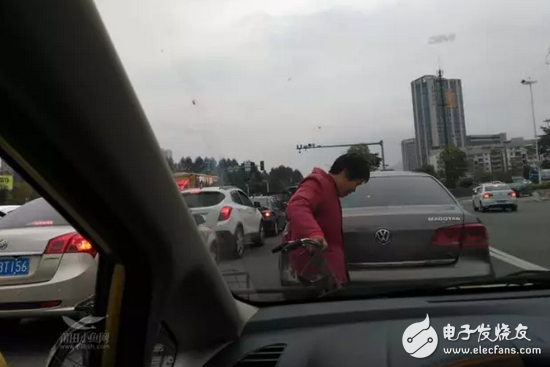
According to the provisions of Article 27, Article 2 of China's traffic regulations: a traffic accident occurs between a motorized vehicle and a non-motorized vehicle driver or pedestrian. If the non-motor vehicle driver or pedestrian is not at fault, the motor vehicle party shall be liable for compensation; If the evidence proves that the non-motorized driver or pedestrian is at fault, the liability of the motor vehicle shall be appropriately reduced according to the degree of fault; if the motor vehicle is not at fault, the liability shall not be more than 10%.
To put it succinctly, as long as the motor vehicle and the pedestrian or non-motor vehicle hit, you will have to pay no matter whether you have the responsibility or not.
To put it simply, it’s not a white bump.
Then the problem is coming again. At this time, the driver of the motor vehicle is the vehicle itself, and the vehicle is the perpetrator. Does the compensation for the wounded person fall on the car enterprise? Or the car company said that although my car hit, but the ownership of this car has belonged to consumers, so it should be compensated by consumers?
Therefore, when existing regulations are difficult to guarantee the legitimate rights and interests of motorists and drivers, and face the possibility of accidents and consequent compensation problems, if there is no clear legal provisions and no clear division of responsibilities, then it is foreseeable that autonomous driving Will bring a series of social problems.
Under the challenge, the future remains doubtful
Finally, let me talk about my attitude towards autonomous driving, which can be said to be both optimistic and not optimistic.
Say optimistic, because autonomous driving can indeed provide a lot of convenience for drivers and passengers, and can greatly reduce the probability of traffic accidents on the premise of mature technology;
It is not optimistic because the development conditions required for autonomous driving are too idealistic. Whether it is for its own hardware, road conditions, traffic participants, and laws and regulations, it has placed very high demands.
So the autopilot technology ultimately survives or destroys. The outcome is not in the hands of technology companies and car companies, but in the whole society, including consumer acceptance of autonomous driving, overall quality of traffic participants, and policy makers. The final decision.
FUNCTION DESCRIPTION
Countdown socket has an AC outlet, the maximum can output 230 V16A of power, there are two control modes, that is, countdown off and countdown on. It is convenient to control the equipment which needs to switch off or turn on AC. improve the safety of the use of some equipment and save more energy.
SET TIMER
1,Countdown plug in the socket, all indicator lights red flash three times, at this time the socket has no output, for the normal state, into the countdown state. Click the button, the first red light up, the socket output after an hour off, and then short press the button can set the socket timing of 2 H.4H.6H.8H.10H.OFF.
2,Long press button 3s, all indicator lights green flash three times, at this time the socket has output, for the regular open state, into the countdown on state. Click on the button, the first green light on, the socket is closed an hour later, and then press the button to set the socket countdown 2 H.4H.6H.8H.10H.OFF.
3,Press button 3 longer S, all indicator lights red light flash 3 times again into countdown mode.
4,Select the required countdown time mode, the corresponding mode countdown lights up, start countdown until the end of the countdown time. The outlet that controls the output will start or stop the output.
5,After the countdown starts, the time indicator will change automatically from high to low until the countdown is over.
NOTE:
1,Check that the power connection is good.
2,Use only indoors and in dry places.
3,This product does not convert AC voltage.
4,Maximum load not exceeding 16A 3680W.
5,Grounding is required for safety.
6,Any questions, please contact the electrician.
Countdown Timer Socket Switch, Countdown Timer Plug,Countdown Timer Plug Socket, Energy Saving Countdown Timer Switch Socket, Countdown Timer Switch
NINGBO COWELL ELECTRONICS & TECHNOLOGY CO., LTD , https://www.cowellsockets.com